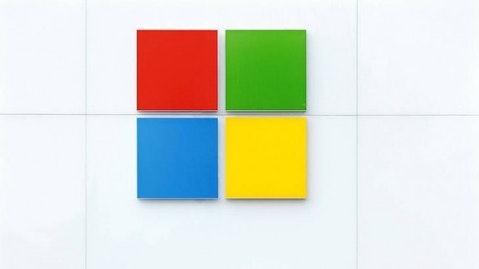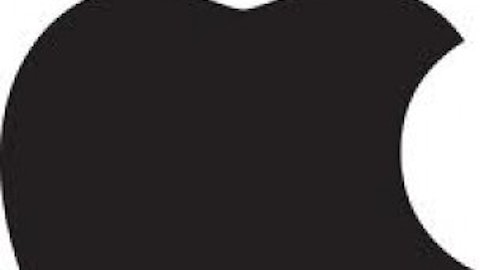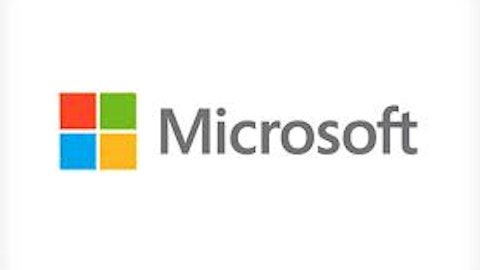On May 26, 2010, Apple Inc. (NASDAQ:AAPL) shot past Microsoft Corporation (NASDAQ:MSFT) to become the world’s most valuable technology company and has not looked back since. At the time, this represented an astonishing reversal of fortunes for these two companies; Microsoft had dominated the market for the previous decade, while the story of how Apple almost ran out of cash thirteen years earlier and was very close to shutting its doors for good was, and still is, well documented. However, the return of Steve Jobs to Apple in 1997, the introduction of the iPod in 2001, the success of the first generation of the iPhone in 2007, and the release of the iPad (introduced almost two months before Apple Inc. (NASDAQ:AAPL) overtook Microsoft Corporation (NASDAQ:MSFT) to become the world’s most valuable technology company) all helped lead to Apple’s dramatic turnaround.
Of course, during this time, Microsoft has not been driven out of business, nor has it been stagnant. Over 90 percent of PCs in the world still run some version of its Windows operating system. Revenues for Microsoft increased to $73.7 billion last year as compared with $25.3 billion in 2001 (the year Apple Inc. (NASDAQ:AAPL) introduced the iPod). Moreover, Microsoft Corporation (NASDAQ:MSFT) has sold 100 million copies of Windows 8, its new operating system, making it at least as successful as Windows 7 was at this stage in the sales cycle. On the surface, it would seem that, despite the incredible success of its main competitor, the company’s future is still bright. However, these facts mask the grim reality that could be Microsoft’s future.
Consumer dissatisfaction with Windows 8 is running alarmingly high. The introduction, for the first time, of touch screen multi-colored tiles in place of the dependable “Start” button has led to general confusion and irritation among Microsoft Corporation (NASDAQ:MSFT)’s customers. Despite the late Steve Job’s declaration that he knew what consumers wanted, many computer buyers still prefer the supposedly more complex interface of PCs. There is a palpable sense of betrayal among Microsoft’s core customers, particularly office workers, as if the company sold them out.
Additionally, Windows 8 has largely failed to improve Microsoft’s position in either the smartphone or tablet markets. The company holds less than five percent of the global smartphone market and less than eight percent of the global tablet market. This is despite the similarities between the touch screen tiles of Windows 8 and the touch screen technology of Apple Inc. (NASDAQ:AAPL) and Google Inc (NASDAQ:GOOG). In fact, Windows 8 was supposed to lead Microsoft Corporation (NASDAQ:MSFT)’s expansion into these markets. Microsoft CEO Steve Ballmer said that he was “betting the company” on the success of its new touchscreen technology last year. Let us hope he was, at the very least, exaggerating.
Microsoft’s problem is that Windows 8 is not leading an expansion into the smartphone and/or tablet markets, while it is, at the same time, alienating its loyal base of customers. It is becoming clear that, at least for the moment, consumers prefer smarphones/tablets and computers to have different operating systems. Steve Ballmer’s dream of customers moving from computer to smartphone to tablet all with one operating system, while innovative, does not seem to be a winner (this is somewhat confirmed by the Apple Inc. (NASDAQ:AAPL)’s success in all three of these markets while using different operating systems).
To add to its growing list of problems, Microsoft Corporation (NASDAQ:MSFT)’s PC sales are already down 14 percent in the first three months of this year, one of the sharpest drops on record. In addition, approximately half of the company’s profits come from sales of Windows licenses. While sales of these licenses have held up so far, it seems unlikely that this will continue into the future due to the customer dissatisfaction mentioned previously. Fortunately, Microsoft acknowledges these challenges and is trying to make changes to Windows 8. A new version is due to come out soon—one that retains use of the popular “Start” button.
However, even if consumers are more appreciative of this updated version of Windows 8—codenamed “Blue”—there is much to suggest that Microsoft Corporation (NASDAQ:MSFT) has a more deep rooted and longer-term problem. This is, paradoxically, a problem rooted in their own success. Microsoft is very good at creating operating systems for PCs. Consequently, this has been the focus of the company for most of its existence. It was slow to enter the search engine market in the 1990’s and it has been slow to enter the markets for smartphones and tablets because of this while allowing Google Inc (NASDAQ:GOOG) and Apple Inc. (NASDAQ:AAPL) to gain huge advantages in these markets. Windows 8 is Microsoft’s attempt to become competitive in these markets, but its clumsy software is evidence of a company that is out of its depth, at least for now. This is extremely important and a significant problem for Microsoft Corporation (NASDAQ:MSFT) because consumers are increasingly choosing smartphones and tablets over desktop computers and laptops. Microsoft can likely make Windows 8 more appealing to customers, but its small presence in the smartphone and tablet markets will be tough to overcome.
Abbey Monnin has no position in any stocks mentioned. The Motley Fool recommends Apple Inc. (NASDAQ:AAPL). The Motley Fool owns shares of Apple and Microsoft Corporation (NASDAQ:MSFT).
The article Windows 8 Represents a Real Problem for Microsoft originally appeared on Fool.com.
Abbey is a member of The Motley Fool Blog Network — entries represent the personal opinion of the blogger and are not formally edited.
Copyright © 1995 – 2013 The Motley Fool, LLC. All rights reserved. The Motley Fool has a disclosure policy.






